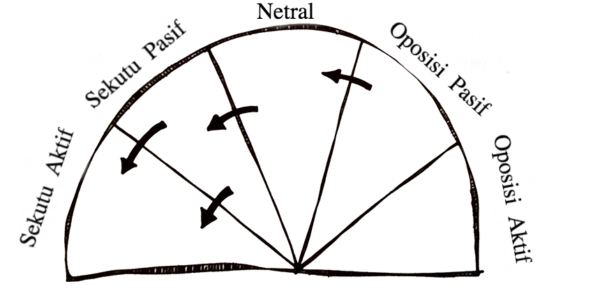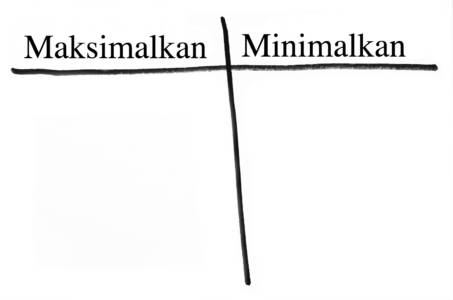Some types of online lists
Spectrum of Allies (Read more about Spectrum of Allies)
Open up a new google slide. Paste the spectrum of allies image. Now have others open that document. They can use the text tool to add names of different groups, all in real-time so they can share their thinking with each other — even changing or moving those groups.

Maximise/Minimise List (Read more about Maximise/Minimise)
Open up a google document and create a table. On the left side, “Maximise” (to make more powerful) and on the right side “Minimise” (to make less powerful). Then you can ask people any kind of question, for example: What Maximises/Minimises our meetings? What Maximised/Minimised our latest action? What Maximises/Minimises our communication?
People can write these down, with the facilitator asking (or even writing) follow-up questions.

Evaluation (Read more about Evaluation)
In that same spirit, you could title the paper: “What worked” and “What to change.” 350 has used this to evaluate our meetings—what was good about the meeting? What could have been changed to make it better? For groups who do a lot of meetings online, this helps us practise the art of reflection so that our meetings can get more and more effective.
Similarly, after listening to a presentation, you can ask people: “What are you learning?” Have the group take 5 minutes to write—and then read the list for lessons learned!
Brainstorming, even Drawing (Read more about Online Brainstorming)
Are you needing to get a lot of ideas from the group? You can tap the creativity of the group by opening up a new document with a leading question, for example: “What are some action ideas for our event next month?” Then people can brainstorm a list of different actions.
Brainstorms can be even more inventive. If you open a shared drawing document, you could have people post a bunch of ideas, pasting them all over and even using icons to thumbs up what others had written! During a report-back you could, for example, ask people to share pictures of actions they have done — another way to support people to share the good energy with each other!
And more!
Be creative! Come up with your own!